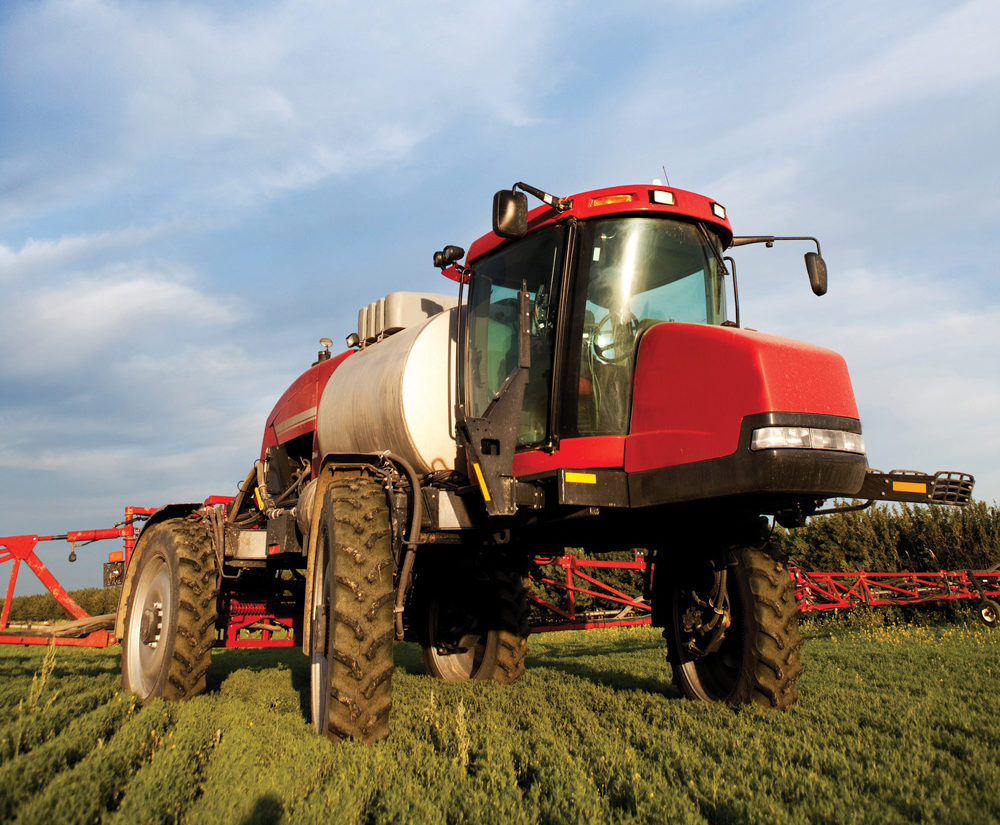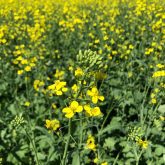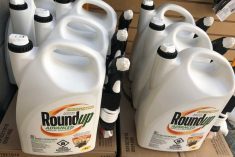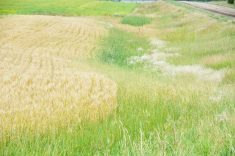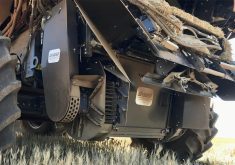Plant density, weed escapes, early signs of disease, and pest populations should all be on your scouting checklist, says a provincial crop specialist.
Evaluating the plant population for a given crop lets producers see if the number of plants (per square foot or square metre) matched the target goal that was established at the time of seeding, said Mark Cutts.
“For producers who used a seeding rate calculator, their target plant population would be known,” he said. “If after sampling multiple locations in the field, the plant stand is lower than expected, producers can start to investigate the reasons for the lower stand density. Mechanical (related to the seeding operation) or environmental (frost, excess water, insects or diseases) impacts are all potential causes for limiting plant stands.”
Read Also

Farming Smarter receives financial boost from Alberta government for potato research
Farming Smarter near Lethbridge got a boost to its research equipment, thanks to the Alberta government’s increase in funding for research associations.
Scouting after a herbicide application is vital to effective weed control, he said.
“In the majority of cases, producers will find that the chemicals have worked. However, in certain situations, field scouting may show the weeds weren’t properly controlled and producers can start to evaluate what might have caused the problem.”
A difference in the pattern of weed escapes can indicate poor performance of a herbicide due to environmental conditions or that herbicide-resistant weeds may be present.
“If the weeds that escaped the herbicide application are found throughout the entire field, it can point to limited herbicide effectiveness due to environmental conditions such as low temperatures. However, if the weeds are found in isolated patches, this may be a herbicide-resistance issue. If unsure of the cause, contact an agronomist or chemical company representative to discuss the possible causes.”
Scouting of crops at this time also allows disease development to be assessed.
“For example, barley leaf diseases such as scald and net blotch move from the older leaves to the newer leaves as the growing season progresses. If leaf diseases are present and environmental conditions remain favourable for disease development, a fungicide application may be necessary once the crop has reached the flag-leaf stage.”
In addition to watching for increases in pest levels, keep an eye out for recently emerged insects at key times, said Cutts.
For example, as head emergence occurs on wheat crops they should be monitored regularly for wheat midge.”

